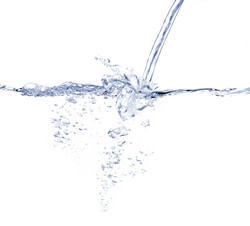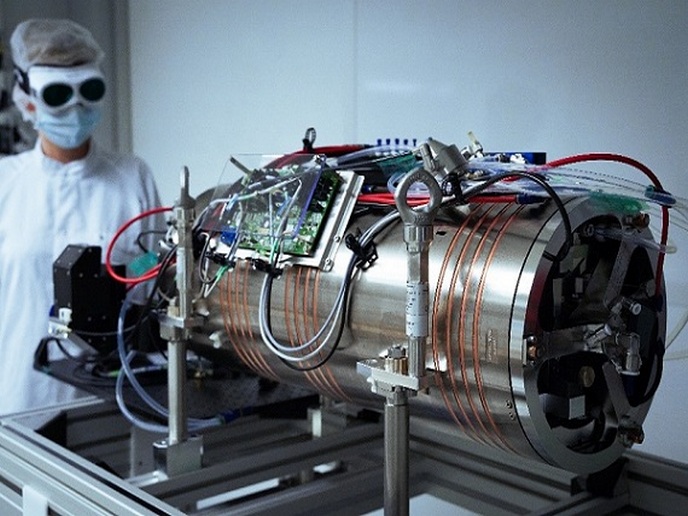Nanotechnology membranes remove micropollutants
The NANOPUR(opens in new window) (Development of functionalized nanostructured polymeric membranes and related manufacturing processes for water purification) project addressed this problem, using nanotechnology to create advanced membranes for water treatment purification. Membrane-based processes are already used to remove micropollutants and viruses from waste streams. But, they require high pressure to force the waste through the membrane and must be frequently cleaned, which requires a lot of energy. The NANOPUR initiative employed nanotechnology to create membranes that can process high flow rates, while allowing a high retention of pollutants. The resulting membranes use around 500 times less energy than conventional membranes. Project partners therefore developed nano-structured membranes that possess a higher permeability than current ultrafiltration (UF) membranes. At the same time, they also developed ligands for supramolecular recognition, which were immobilised onto the microfiltration (MF) membranes. These were then used to capture viruses and micropollutants such as EDRs, antibiotics and endotoxins. Use of highly selective affinity sites at the membrane surface enabled micropollutants to be removed more efficiently. It also allowed the newly developed adsorber membrane to operate at much lower pressures than those used in nanofiltration or reverse osmosis filtration. NANOPUR successfully combined the nano-structured low-fouling UF membrane and the MF membrane functionalised with affinity ligands to enable the production of safe drinking and process water. Both boast much lower energy consumption than current membrane processes.







